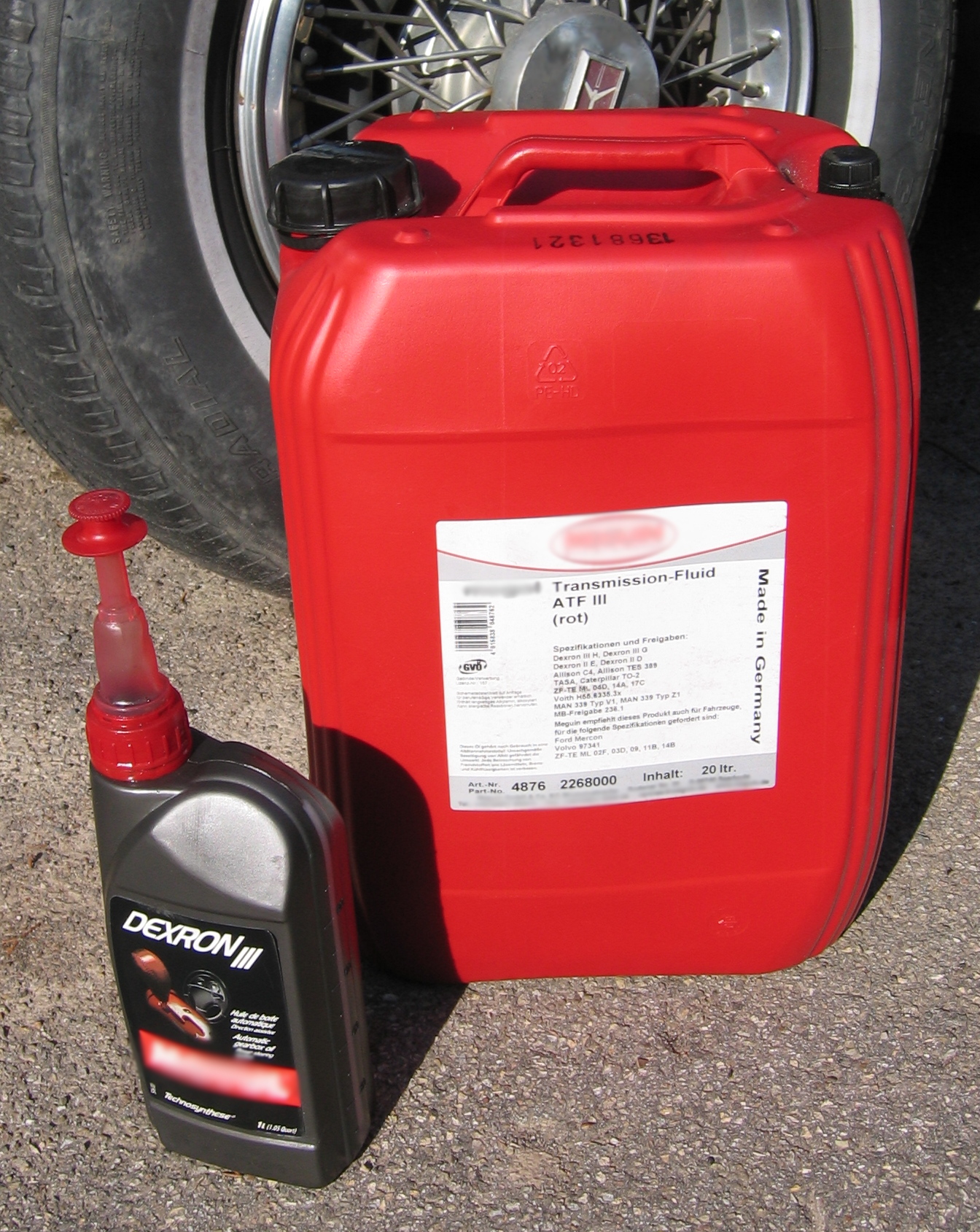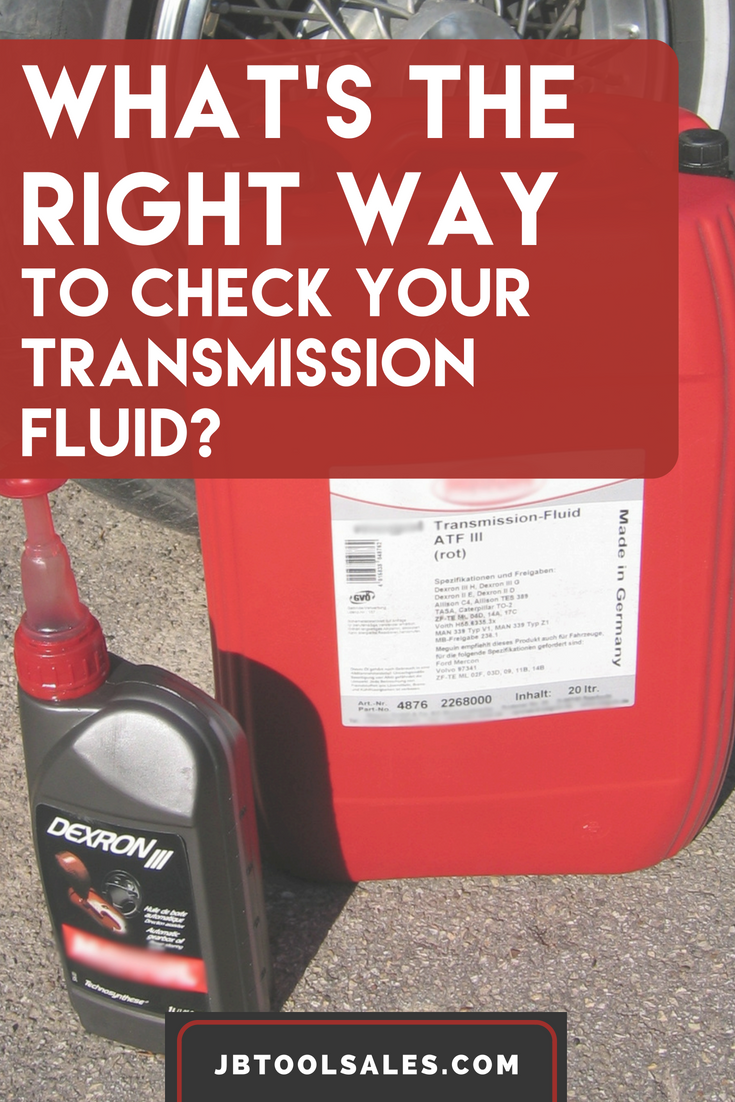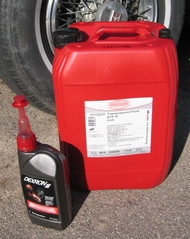What's the Right Way to Check Your Transmission Fluid?
20th Jun 2018

Transmission Fluid
Engine oil isn't the only fluid that circulates through your car. There's also coolant, brake fluid, power steering and transmission fluid. Coolant is designed to carry heat away from your engine; brake fluid, also known as hydraulic fluid, is designed to lubricate and move your car's braking system; power steering fluid is designed to help you steer your care more easily; and transmission fluid lubricates your car's transmission.
Why You Should Check Your Transmission Fluid
Regardless of what type of car you drive, you should get into the habit of checking your transmission fluid on a regular basis. Like engine oil, it plays an essential role in keeping your car healthy and running smoothly. Transmission fluid has two primary purposes, one of which is to lubricate the gears in your car's transmission. A typical transmission may have more than 100 different components, each of which helps your car change gears. Without lubrication from the transmission fluid, these components will grind against each other, thereby creating friction that gradually wears them down until failure occurs.
Transmission fluid also reduces heat, which can otherwise be catastrophic for your car's transmission. As heat builds inside the transmission, it causes metal components to expand and, in some cases, break. You can prevent problems such as these, however, by checking your car's transmission fluid on a regular basis
How to Check Your Car's Transmission Fluid
The good news is that you can check your car's transmission fluid without the need for a professional mechanic. If you're familiar with the process of checking your engine oil, you shouldn't have a problem checking your transmission oil. Both the engine oil and transmission fluid have a removable "dipstick" that you can pull to see the respective fluid levels.
To check your car's transmission fluid, simply locate the dipstick attached to the top of the transmission and pull it out (while your car is parked and the engine turned off). Next, wipe the dipstick clean and insert back into the transmission, followed by pulling it out. You should now be able to read the fluid levels in your transmission. Ideally, it should fall somewhere in the "OK" range, which usually features a checkered pattern of Xs.
Low Transmission Fluid: What You Should Know
Don't ignore low transmission fluid levels. If the dipstick shows low fluid, add the appropriate manual or automatic transmission fluid, depending on your car's engine type and its make and model. Alternatively, you can take your car to a professional mechanic for a transmission fluid replacement or flush.


